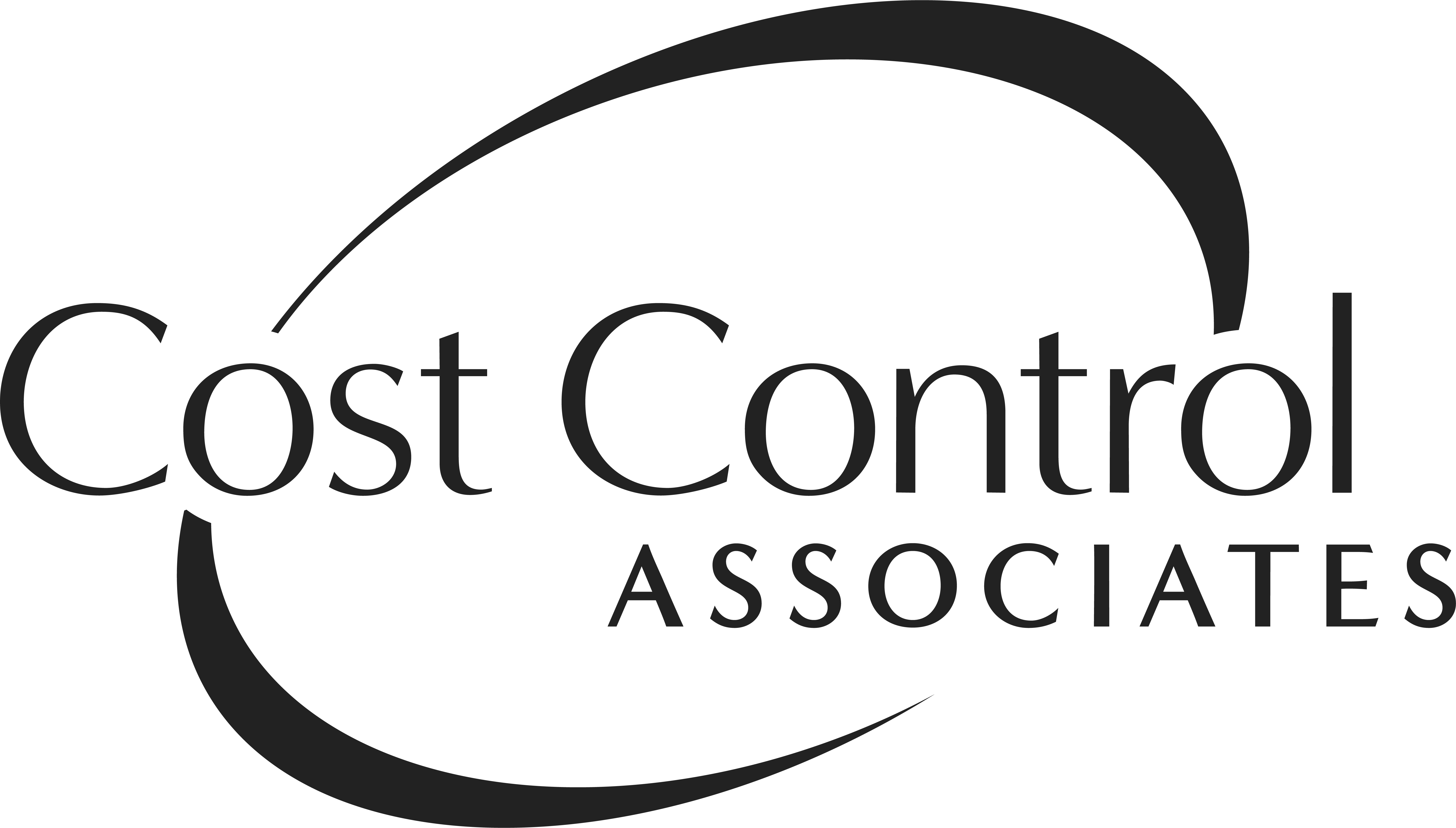Do you wish you could build a stronger organization while saving money and being socially responsible? If so, it might be a good time to emphasize environmental sustainability with a company-wide Eco-friendly challenge.
Sustainability-focused competitions are growing in popularity. These contests are designed to encourage people within organizations to pursue energy or waste reduction goals while working together and building morale.
Sustainability competitions can dovetail nicely with your organization’s environmental sustainability goals and cost-reduction initiatives. They can also help strengthen moral fiber and promote teamwork at each level of your organization.
6 Tips for Running a Successful Eco-Friendly Challenge
1. Recognize the Benefits
A sustainability-themed contest reaps a number of benefits:
- Cost savings
- Potential publicity and media exposure
- Team-building and cross-pollination of divisions/departments
- Camaraderie and excitement outside daily responsibilities
- Source of momentum to continue new energy-efficiency practices
- Partner with or work towards ENERGY STAR Certification
The key to success for reaching full employee engagement is to exercise complete transparency with your goals and how they relate to the competition. Clearly establish why you set the specific goals and explain how their achievement will positively impact the organization and its environment.
2. Measure Quantity & Quality
Include quantitative and qualitative goals. A quantitative goal might identify a 15% reduction in energy consumption or a 10% reduction in solid waste. The percentages can ultimately be calculated from cost measurements. For example:
- Goal: 15% reduction in energy consumption. If you want to decrease your energy bill by 15%, map out a specific plan for getting there. You might decide to reduce workstation consumption by X percent, lighting by Y percent and HVAC by Z percent.
- Goal: Reduce solid waste by 10%. Review our current costs and outline ways to reduce them. You might reduce bin or dumpster size, plan for less pick-ups or tonnage. When you have calculated which measures will reduce cost by 10%, you’ll have a clear idea how to proceed. Some good places to start include responsible procurement, reusables or diverting organics from trash.
Qualitative goals are less about business and more about providing education as to why sustainability matters—not only in the workplace but also at home and everywhere between. Although more difficult to measure, qualitative goals are just as important as cost savings.
Qualitative goals could include:
- Raised awareness of environmental sustainability among employees
- Education about patterns of energy use
- Demonstrated industry leadership in social responsibility
3. Focus on Teamwork
A sustainability contest opens the door to cross-functional communication and establishes a similar goal, without regard to pay grade.
Teamwork builds camaraderie, and a contest provides incentive to work together. Being on a team requires each member to act responsibly while recognizing that success is dependent on the collective team effort.
In a large organization with many departments, the threat of silos looms large. Collaboration and communication spur innovation and creativity. When assigning teams, mix and match members from different departments and levels of the organization to increase exposure to new or different people.
4. Plan Realistic Timelines
Be sure to include a timeline for your contest, with established start and end dates. During the planning process, set goals that teams can realistically meet. A 50% reduction in energy sounds great, but is it attainable within the contest timeline? Probably not.
Once you decide on what’s realistic, map out your objectives on a timeline. Set a pace that will encourage energetic, fast-paced competition among employees—just make sure they still have time to do their jobs! Be prepared to provide updates along the way to keep them motivated.
5. Make It Fun, Make It Memorable!
 What’s a contest without winners? With positive incentive and great prizes, you should see good results. At the end of the contest, bring everyone together for a celebration event, perhaps a special lunch or dinner. Congratulate your employees and let them know how well they’ve done in terms of the goals you set.
What’s a contest without winners? With positive incentive and great prizes, you should see good results. At the end of the contest, bring everyone together for a celebration event, perhaps a special lunch or dinner. Congratulate your employees and let them know how well they’ve done in terms of the goals you set.
Consider awarding prizes to honor individuals on every team. You might designate a team “MVP” or recognize the highest energy and waste reducers from each team.
Make sure the prizes worthwhile. This isn’t the time to give out another company-logo coffee mug! Sustainability-themed awards or gifts of lasting quality will remind them to keep their eye on the goals long after the contest has ended.
A “Victory Garden” is a nice way to honor the winners. This involves planting a new tree or shrub with a plaque commemorating the winning team and their results. Other good ideas might include:
- “Sustainability Bonus” or “Sustainability Bucks”
- Trip to a notably energy-efficient resort
- Vouchers for your area’s Farmers Market
- Sustainably brewed or distilled libations
- Preferred “Sustainability Parking” for one year
6. Build On the Experience of Others
A company contest may require a lot of logistical planning, but you don’t have to do it alone. There are many precedents and plenty of literature available on how to hold a sustainability contest.
ENERGY STAR’s comprehensive guide outlines how other companies have held ENERGY STAR-branded contests. The guiding principles can be applied to most businesses and industries. Whether you’re ENERGY STAR-certified or looking to make that leap, this guide is a great place to start.
Allison Levin is vice president of energy services for Cost Control Associates, Inc. She has been with the company 22 years and achieved industry certification as a carbon reduction manager in 2015. She received her MST from SUNY Plattsburgh and her BA in mathematics from Boston University. Learn more.

